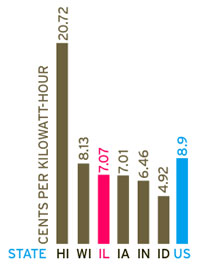
HOW WE COMPARE |
The skyrocketing cost of fuel has people scrambling for ways to lower the bills, such as efficient appliances and good conservation habits—or even bargain shopping for power.
Al Gore’s Nobel Prize and 2007’s soaring electricity bills (up as much as 55 percent in Illinois since the rate freeze ended in 2006) have sparked interest in residential energy efficiency. “I don’t know that there is anyone ramping up as quickly as Illinois on efficiency,” says ComEd executive and efficiency expert Anne Pramaggiore.
The average annual energy bill for an Illinois household is about $1,800, but costs vary hugely depending on such factors as the size of the dwelling, the efficiency of the heating and cooling systems, and personal use habits. For example, residents of an average single-family U.S. house spend more than twice as much a year on energy (about $2,100) as an apartment dweller in a building with five or more units (about $900). Electric heat, which is more common in the southern part of the state, costs on average $1,300 per year; gas heat costs $760. And even those disparities obscure variations in the cost of the electricity itself, which only looks constant on your bill.
“Not many people have experience in shopping for something as basic and necessary as electricity,” says Jon Casadont, general counsel for Chicago-based BlueStar Energy Services, an electricity supplier. Like all products on the free market, no two kilowatt- hours are created equal. The price per kilowatt- hour in Illinois can range from 6 cents to 12 cents depending on the cost of the fuel (coal, gas, uranium) that generated it; the distance of transmission; and the time of day and season (the price rises during periods of peak demand—when people wake up in the morning and return from work, or when a heat wave has air conditioners working overtime). And just as drivers have the option of buying gas at the cheapest pump, savvy consumers now have ways to take advantage of the fluctuating electricity market by buying low.
Real-time pricing, which is already available in Illinois from the two major utilities, ComEd (at TheWattSpot.com) and Ameren (at PowerSmartPricing.org), is a scheme that allows residents to track the price of electricity hourly so that they can choose when to use it. Running a clothes dryer in the early afternoon on a spring weekday, for example, costs about 8 cents per kilowatt-hour, but the rate at 11 p.m. would be closer to 3.
Another way to shop for electricity is to compare rates from different suppliers. BlueStar is one of four alternative retail suppliers licensed to sell electricity in Illinois since deregulation laws were passed in 1997. It’s already competing with ComEd and Ameren for business customers, and it expects to see its first residential customers switching over early this year.
* * *
By the Numbers
Making households more energy-efficient makes good financial sense. Here are some changes—some big, some small—you can make to save a few bucks on energy.
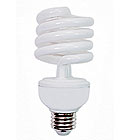 |
 |
 |
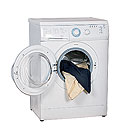 |
| 1. Use compact fluorescent light bulbs. Cost: About $2 per bulb. Savings: $30 over the lifetime of the bulb (about five years) | 2. Opt for real-time pricing. Cost: $2.25 per month to lease a special electric meter that records hourly usage. Savings: $67-$134 per year | 3. Unplug computer when not in use (e.g., when you’re sleeping). Cost: Zero. Savings: $25 per year | 4. Use cold water only for wash and rinse cycles in your clothes washer. Cost: Zero. Savings: $58 per year |
 |
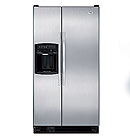 |
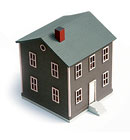 |
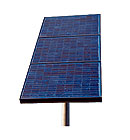 |
|
5. Insulate your water heater. Cost: $10-$20 for a synthetic blanket. Savings: $6 to $14 per year
|
6. Replace an old refrigerator with a new Energy Star refrigerator. Cost: $800-$1,100 for an average-size kitchen fridge. Savings: $75-$125 per year | 7. Improve air sealing and insulation. Cost: From $1,000 for a townhouse to $6,500 for a large home. Savings: $80-$765 per year | 8. Install a solar electrical system. Cost: $20,000-$30,000. Savings: $350 per year |
Sources: 1, 6: EnergyStar.gov; 1: AceHardware.com; 2: ComEd; 3-5: hes.lbl.gov; 5: Weatherization.org; 6: BestBuy.com; 7: ExelonCorp.com; 8: BP.com
Photography: (bulb) dehooks/stockxpert, (clock) renato benicio/stock.xchng, (computer) alex slobodkin/istockphoto.com, (washer) matjaz boncina/istockphoto.com, (house) sandy manter/istockphoto.com, (solar panel) esemelwe/istockphoto.com


